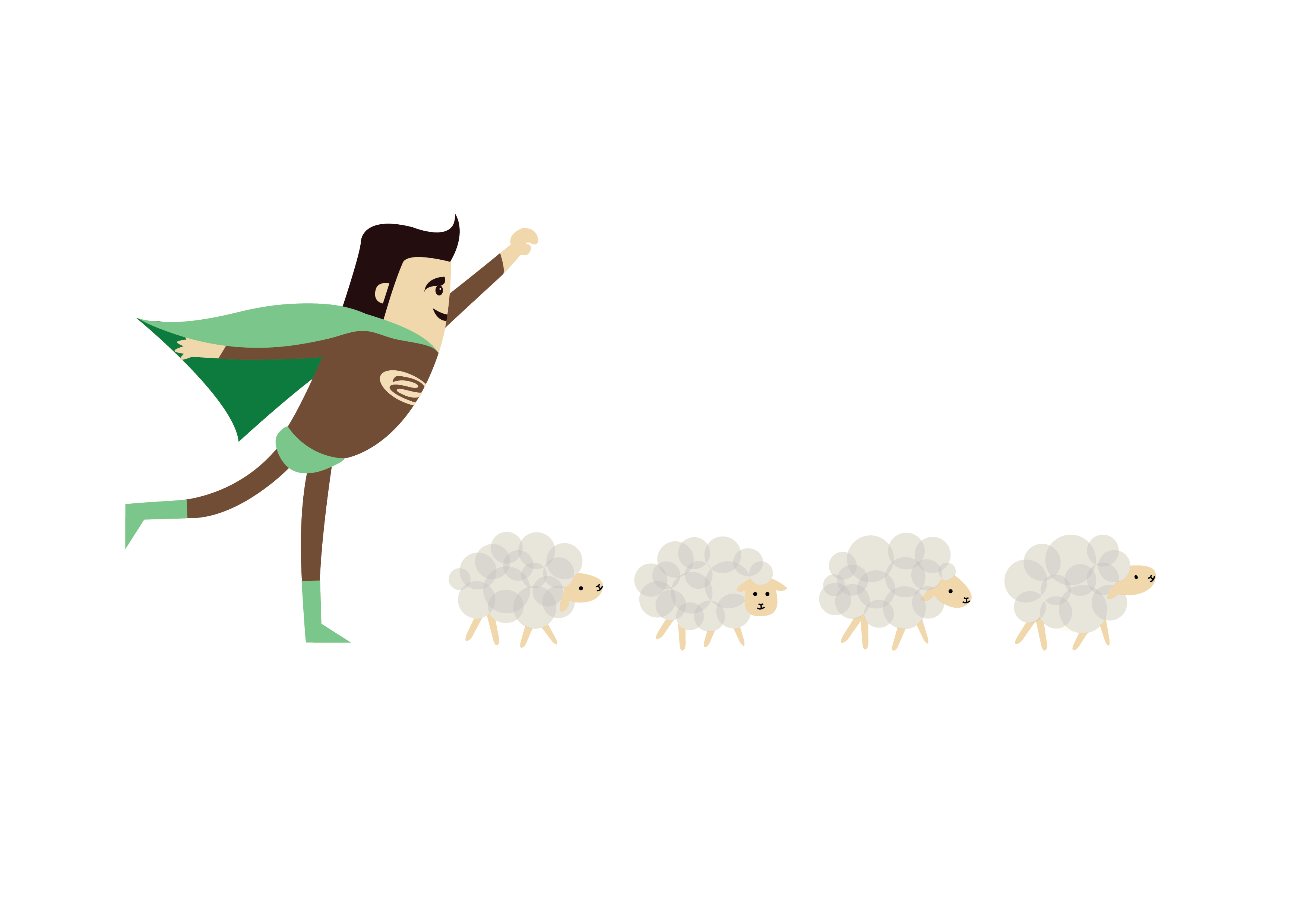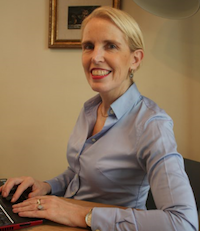Ep. 086 – “Only those who dare to fail greatly can ever achieve greatly.” – Robert F. Kennedy
The biggest failure vs. the biggest success – what leads successful entrepreneurs to the highest breakthrough?
It was September 15th, 2008. I was in Zurich, on my way to a big annual exhibition with one of my startup clients.
I got a call from my bank’s manager. A big payment of 25,000$ that was to be deposited into my bank account that day had been canceled. It was the day of the Lehman Brothers bankruptcy; the financial landscape changed forever that day.
Over the next few days, two of my biggest clients cancelled their contracts.
My company was less than nine months old. I carefully built it step by step with clients I knew and could trust.
It was my first year of being independent after more than 20 years of executive marketing roles in international brands. The situation was totally new to me.
It was a painful failure and the next few months were incredibly difficult, however, looking back, this was exactly what allowed me to grow so fast in the following years.
In 2010, we closed the first investment of 1.5 million dollars for one of our clients. Suddenly the company was growing faster than ever.
If you asked which of these cases affected my future business success most, it was definitely the failure. Not the success that came afterward.
What can you learn from these failures? What can you learn about success? And more importantly, how can your failures and successes affect your business?
Daniel Gefen looks at his failures and successes in a straightforward way. I love the way he talks about communicating with your customers:
”The secret is that people actually crave authenticity, they crave real genuine people, and if you can do that, you will have no problem finding people to buy something from you.”
Daniel Gefen – Podcaster & co-founder of Get Featured

- Started out on 6 figure salary at age 23.
- Went broke & got evicted onto the streets with family.
- Started business from scratch. Went broke again.
- Outsourced his business to a competitor.
- Run his company out of a hotel lobby for a year.
- Grew his company and semi-retired on passive earnings at 31.
- Launched podcast show, which was recently rated Top 26 podcasts to listen to in 2017.
- Launched new company called, Get Featured, which gets people featured on top rated podcast shows.
Biggest failures and successes in Daniel’s career
- The first company I started was called Get Virtual; we answered calls from many different companies. We were a call answering service, essentially I built that up and I had a lot of issues with managing staff, I came to realize that my strengths in business are more on the creative and development side than actually working within the business and dealing with customers and staff.
- But I had to learn it the hard way. It was terrible, I literally made one of my staff members cry, because I am quite a perfectionist, so I like things to be in a certain way. I didn’t like the way she handled a call; she must have had a bad day, and the next thing I know, this 55 years old woman was crying! I was about 25 at the time, so I came to realize very quickly that I needed to do something different, so I actually outsourced my whole company to a competitor of mine, which sounds like a crazy thing to do, but it was the best for me; the best decision I’ve made in my business career. Because what I actually did free myself up to focus on my strengths instead of do things that I hate or that I wasn’t good at. I completely focused on my strengths, and now, every time that I don’t like doing something or I’m not good at it, I’ll outsource it or dedicate it to somebody else, so I can focus on things that I enjoy or I’m good at doing.
- There is one thing that I found: if a customer is not happy, the worst thing to do is to argue and tell them that they are wrong or you are right. I’ll even go further and say that you have an opportunity here, in this situation, to make this customer one of your best, most loyal customers. The statistics and studies have showed that a customer who was had a bad experience and then it was turned around becomes more loyal than they ever were before and more loyal than a customer who actually never had anything go wrong.
- If you have a customer that is not happy, the best thing to do is to try and put yourself in his shoes and do the best you can to work with them.
- I also believe that your customer should never push you around. If you have a customer that is taking away too much time or energy, I would fire them.
Like Daniel Gefen, Shaul Olmert talks about the necessity of being 100 percent transparent with your customers, especially about your stage of technology development.
Many startups are trying to serve every requirement of their customers, Shaul says, but they are not helping the customers. We have to direct the customers to a place that will be beneficial for them.
Shaul Olmert

Shaul Olmert is co-founder and CEO of award-winning storytelling platform, Playbuzz. Playbuzz empowers over 13,000 publishers, brands, and agencies worldwide to author and distribute engaging content for editorial and commercial purposes via interactive storytelling tools.
Biggest failure with a customer
- It goes back to the “following the customer’s requirements” issue. At the beginning, Playbuzz was eager to win the business market, so we tried to serve every request and said yes to whatever came up. The challenge is to show your customer where the biggest value is for them.
- What I regret the most is that in the first few deals I found myself deviating from the original core values of Playbuzz in order to win the immediate deal.
Biggest success due to the right customer approach
- The one common mistake is not being 100 percent transparent about your stage of technology development. I’m proud we didn’t do that and that’s created a lot of trust factors with our first commercial partner, who was big and respectable. We were always clear about what we had and what not.
Adam Urbanski
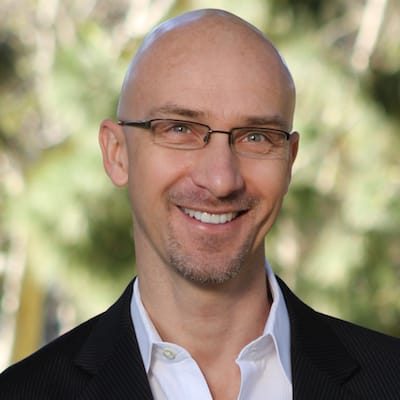
Adam Urbanski reversed the 90% failures results of consulting and coaching projects to close to 100% successes!
Adam Urbanski is a marketing strategist to coaches, consultants, and other service professionals. He’s a small business change agent, marketing wiz, trainer, facilitator, speaker, and above anything else – a passionate entrepreneur.
In 1989, Adam immigrated to the United States from Poland, with only $194 in his pocket. Since then, Adam has owned and co-owned several successful ventures. Some of his businesses generated millions of dollars in sales.
Today, Adam runs a multi-million dollar business that includes consulting, coaching, training, and information publishing.
Biggest failure with a customer
- That’s a difficult question for me because I trained myself to look at things like I always tell my customers: forget the losses, but don’t forget the lesson. So, I don’t see failures that way.
- Two years ago, I had this awakening in my industry. I built a successful business, almost an autopilot client acquisition process, and things went well. There was only one problem; my clients were not getting the results that they came to me for. I completely changed my business. We rewired everything from scratch.
- There are three differences between the business we had two years ago and what we have today: Number one was about becoming extremely client-centric, which means it’s not about what I would do, it’s about what my client wants. Number two was becoming extremely responsible. And number three is extreme discipline with client selection. You can’t help everyone. And it’s not about whether or not they have the check, but whether or not we can create results to them.
Biggest success due to the right customer approach
- I think it’s what we do today. We achieved, in less than two years, getting close to 100% success rate to our customers. That really is a big success for me. I’ve in this industry for 18 years; I’ve seen so many people in my industry that could not make it or had to change what they do, and here we are, successful and stronger than ever!
Alex Baker brings the point of view of an investor. He looks at the failures and successes of their portfolio startups with the perspective of a mentor on one hand and a financial resource on the other. From both angles, he sees a wrong pattern that leads startups to fail.
Alex Baker
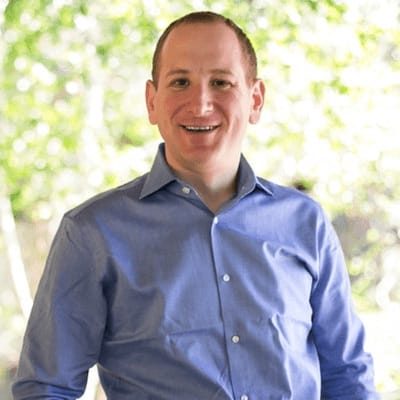
Alex joined Relay in 2008, bringing a consulting background specialized in financial services. Prior to his experiences at BearingPoint and PwC Consulting, Alex studied at the Schulich School of Business (York University).
With Relay, he works with mobile-focused software and hardware entrepreneurs across a variety of industries. He is also an active part of the venture capital community in Canada and abroad as a Kauffman Fellow, as well as an advisor, and a frequent speaker/panelist.
Current: Alex’s background in strategy and finance lends well to his roles overseeing Relay Ventures’ investments in a broad range of mobile platform and connected device companies.
Location: Toronto
Biggest failure with a customer
- The failures that usually come out are around timing of market. The failure around market timing is that companies over spend when they got their 1st, 2nd, or 3rd round of financing. There is an immediate reflex when company raises money to go out and hire people, at a phase that they are not conditioned for. There wasn’t one company that I’ve been on their board that didn’t wish to have an extra three months of capital. Almost all companies over spend about at least 25%. They spend too quickly.
- I consider a failure where the company doesn’t exit for what you expected it to exit for. Or if the company has to turn around and do a massive lay off.
- I’ve learned a lot over ten years, in cases where we had to bring in a CEO, as a board member, I don’t think I’ve done a good enough job giving the existing CEO founder feedback. I’ve changed my path on that. I’m a lot more up-front, open, and provide more feedback in real time. We are also trying to surround the founders with people that can help them and make them better managers.
Biggest success due to the right customer approach or focus
- We take a team based approach on investing and decision-making; the biggest success is the fact that we’ve been able to raise four funds together.
Mike Allton started his independent company as a website building service but learned from his clients what they really want, and turned his services into a big success.
Mike Allton
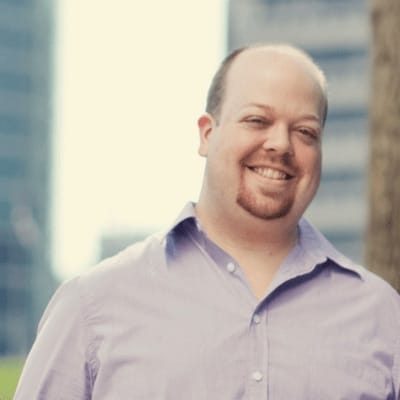
Mike Allton is a Content Marketing Practitioner, award-winning Blogger and Author in St. Louis, and the Chief Marketing Officer at SiteSell. He has been working with websites and the Internet since the early 90s, and is active on all of the major social networks.
Mike teaches a holistic approach to content marketing that leverages blog content, social media, and SEO to drive traffic, generate leads, and convert those leads into sales.
Biggest failure with a customer
- It’s about trying to expand my business through an outsourced development firm, and serve customers better, as well as serve more customers. It started well, but after a year or so, something happened. A lot of problems popped up and then they didn’t provide any projects. However, I had already paid for all these projects. I tried to fix things and save the projects, but it was too late. It was unrecoverable. Customers were demanding refunds and the business failed. Completely.
- I failed in managing my growth.
Biggest success due to the right customer approach or focus
- A few years ago, Google+ Hangouts was very successful for me. I was a guest in many of these shows. And one of the ladies invited me to assist in one of her Social Media Boot Camps and I helped her and her audience for free. Later, this lady asked me for professional help, and I found out that, in her previous job, she was a TV producer in Hollywood. And she connected me in one of her projects with the successful motion producer Gary Goldstein, who wrote a book that he wanted to turn into an online course with a membership, it turned out to be a very nice and fun project.
- I got to work with Gary and for him for months. And it all happen because I came one night for free to help this lady’s class with social media…
Hi Reachers.
I hope you enjoyed learning about the successes and failures of these entrepreneurs who found their pathes and became successful leaders in their fields.
I’m sure you’re on your way to build your successes. If you have any question or concern about building your entrepreneurial business, send me an email to [email protected] or just leave a comment at the end of the show notes of this episode on www.reachormiss.com.
I look forward to hearing from you.
And until next week, Take care.
Bye…
